Mani Tripathi
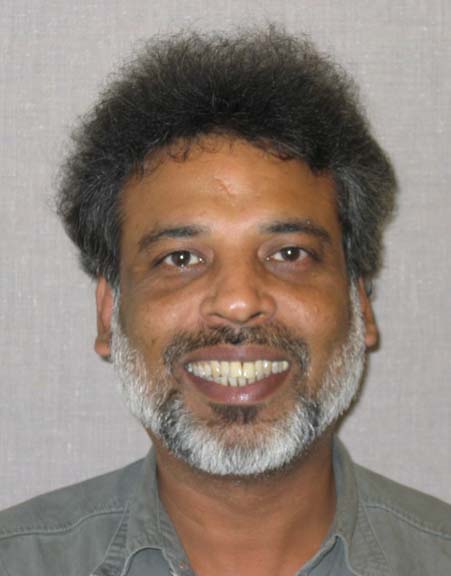
Mani is the Principle Investigator for LUX at UC Davis, one of the founding members of the collaboration. In the early days, he served as Project Manager and more recently as the Chair of the Executive Committee of LUX. He led the effort for the analog electronics for both the xenon and water tank volumes. Currently, he is also working on several R&D projects for LZ, including analog electronics, break-out system and a spark gettering system.
Matthew Szydagis

Matthew joined the group in the Spring of 2010 as a postdoctoral scholar, after receiving his PhD at the University of Chicago on the COUPP experiment. He has been a leader in the LUX simulation group, developing a sophisticated model of the LUX detector and using it to calibrate the experiment. His novel contribution has been the development of the Noble Element Simulation Technique (NEST), which consists of a first principles simulation of the response of liquid noble elements to various particle types. He is currently serving as the Analysis Coordinator of LUX.
Richard Ott

Rich joined the group as a postdoc in April, 2012, after receiving his PhD at MIT on the SNO experiment. Rich has worked on the detector geometry for the simulation group and initiated an analysis based on artificial neural networks. He served as the Deputy Science Coordination Manager for LUX in 2013.
Aaron Manalaysay
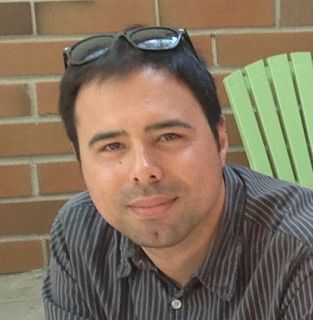
Aaron Manalaysay joined the group in fall of 2013. He comes with an extensive background in liquid xenon TPC experiments. He will be serving as the Deputy Science Coordination Manager beginning in April 2014.
Michael Woods
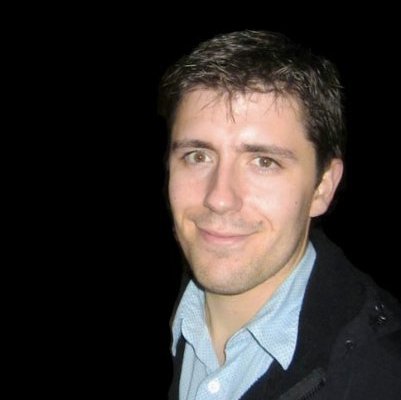
Mike joined the group in Summer of 2008 as a graduate student. He graduated with a BS also from UC Davis. He led the early analysis effort using ROOT and installed the Onsite Computing Cluster for LUX at SURF. He served as the Data Processing Manager for LUX in the first half of 2013. Mike is also an expert in interconnect technologies for integrated electronics and sensors, an area which may become the future of photon detection in TPCs.
Jeremy Mock

Jeremy joined the group in Summer of 2009 as a graduate student, who got his bachelor's degree from Case Western Reserve University, where he also worked on a krypton removal system for LUX. He served as the Detector Working Group Coordinator for LUX in early 2012, during the crucial period when the detector was deployed underground. He has also helped in a pioneering effort on Neutron Activation Analysis using the McClellan reactor, where he set stringent upper limits on K-40 content in the titanium used in LUX cryostats.
Sergey Uvarov

Surge joined the group in the Summer of 2010 as graduate student. He initially worked on installing and commissioning the PMTs in the LUX water tank. Lately, he has been working on the development of the ROOT analysis code, and is the primary author of the PACMAN pulse finding and classification software package.
James Morad
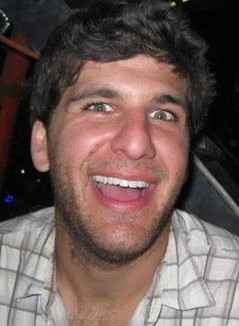
James joined the group in the Summer of 2011 as a graduate student. He has gained expertise in the LUX electronics systems, including SPICE simulations of the amplification chain, and a working knowledge of the DDC-10 system used in the LUX trigger. He also acts as the systems manager for the LUX Onsite Cluster in South Dakota and for a local cluster at Davis.
Brian Lenardo

Brian Lenardo joined the group in fall of 2012. He is a involved in detector R&D aimed at both LUX and its follow-up experiment LZ.
John Thomson
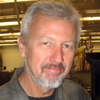
John Thomson is now retired from his position as Senior Machinist in the physics machine shop. He was the lead designer of the LUX support and leveling structure and played a key role in the deployment of LUX underground.
Britt Holbrook
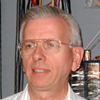
Britt Holbrook is now retired from his position as Senior Electronics Engineer in the physics electronics shop. He designed the frontend electronics and high voltage filtering systems for LUX. He has continued to advise LUX in various troubleshooting campaigns.
Ray Gerhard
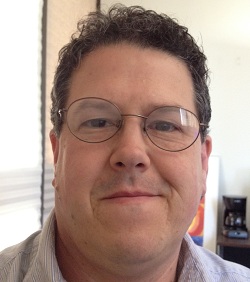
Ray Gerhard is the Electronics Engineer in the physics department electronics shop. He is playing an important role supporting and maintaining LUX electronics.
Eli Woods
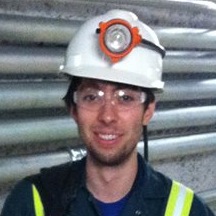
Eli Woods joined the group in spring of 2012. He worked on data structure aspects of LUX analysis. He is now graduated with a bachelors degree in spring of 2013 and is continuing to work large scaling data processing and analysis at NERSC.
Jacob Cutter

Jacob Cutter is a part of the analysis group working with ROOT. He deploys computational program stacks in several of the cluster environments available to the research group to maximize processing capabilities.
Chad Warren
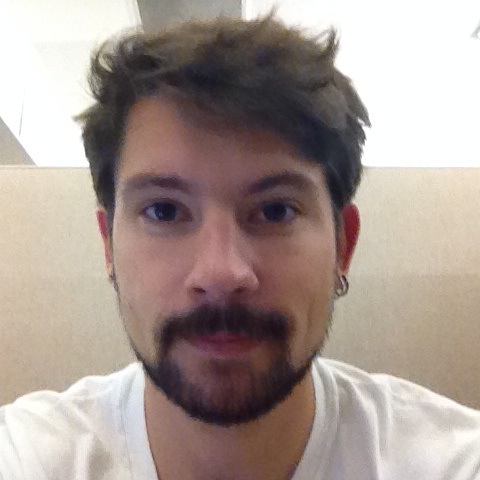
Chad joined the LUX Davis team in Spring of 2013. He recently graduated with a BS in Physics from UC Davis, and has the long term goal of attending graduate school. He was initially involved with detector data quality control, and since then has moved on to simulations processing.
Jessica Phillips
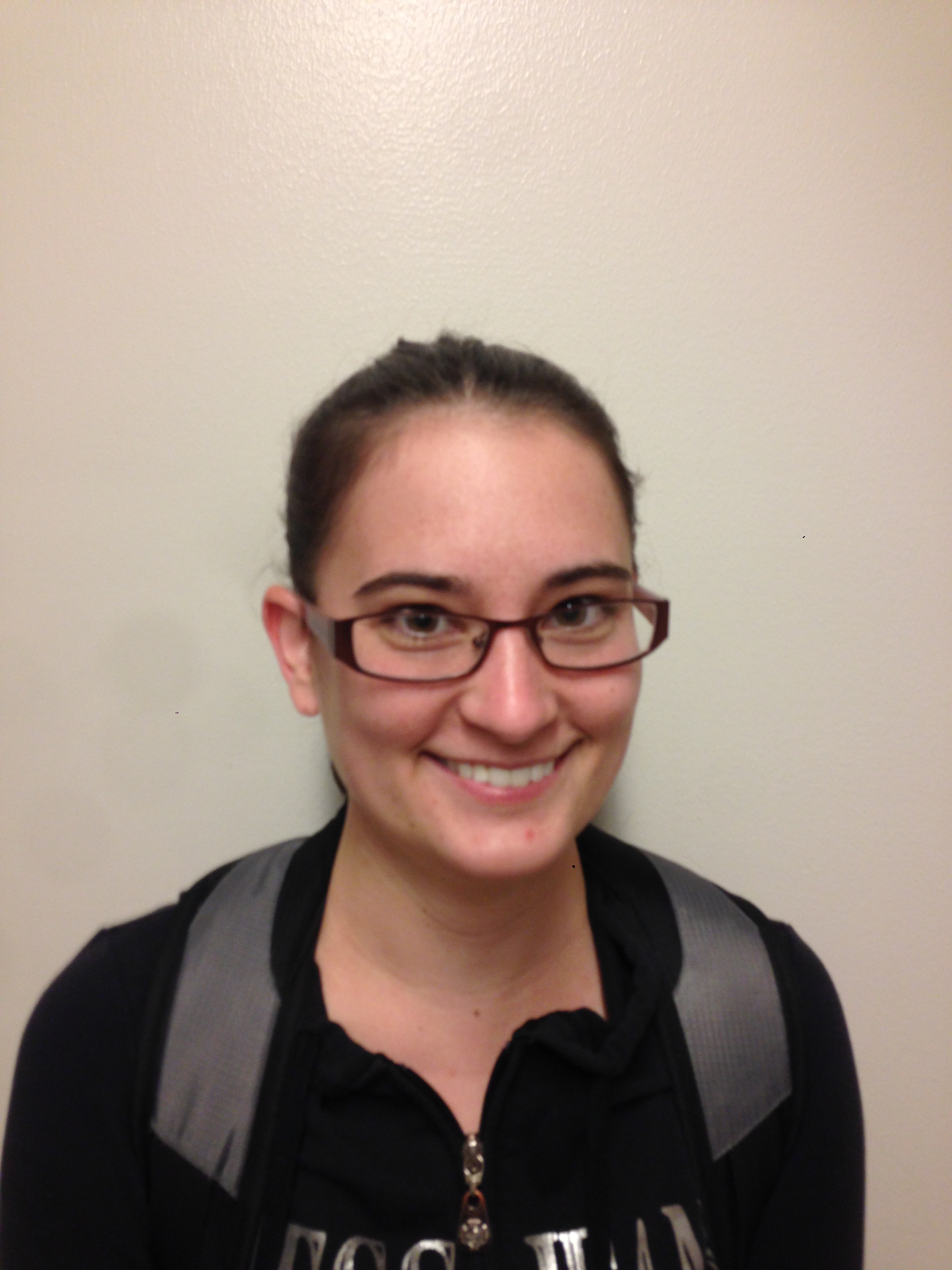
Jessica joined the group in the Summer of 2013. She came to Davis as an REU student from Sacramento State University. She is analyzing the LUX data to measure the radon presence in the detector.
Jamison Blanchard

Jamison is an undergraduate at Sacramento State University. He joined the group in the Summer of 2013. He is working on the NEST software and studying low-energy nuclear recoil events.
Chrisman Payne
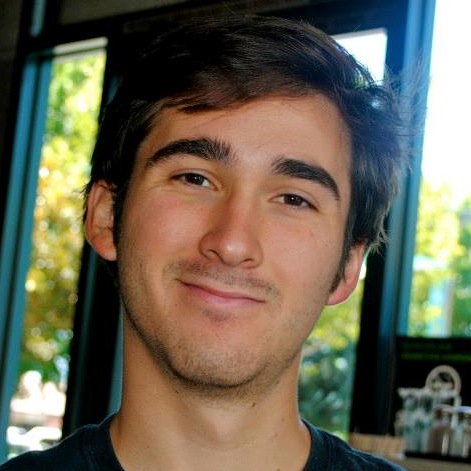
Chrisman joined in spring of 2012 to continue the piezoelectric bubbler project to listen for boiling and bubbling of liquid xenon and liquid nitrogen for future detectors..
Yin Li
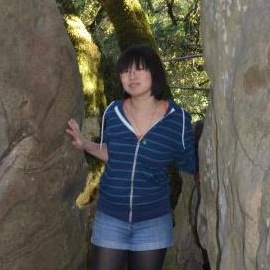
Yin is a third year undergraduate Mechanical Engineering student who has been working with LUX since fall of 2012. She was initially recruited to work in the chip-bonding fabrication lab. Currently she is working detector R&D which is aimed at both LUX and its follow-up experiment LZ.
Sarah El-Jurf
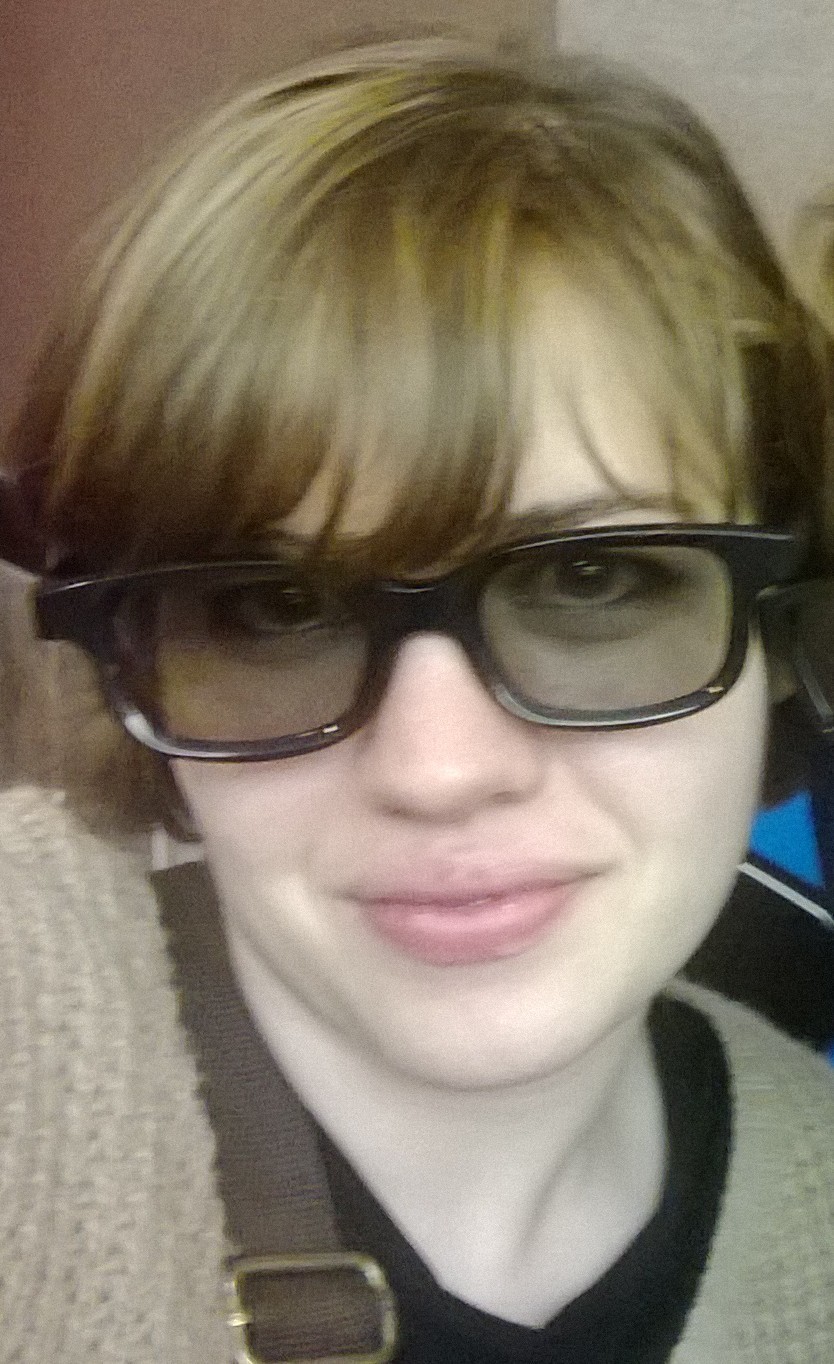
I joined the team in the summer of 2013 as an undergraduate student. I have assisted on developing the LZ electronics amplification chain via SPICE simulations and signal processing. I am currently involved in initializing the DDC-10 for amplifier functionality assessment.
Past Contributors
Bob Svoboda
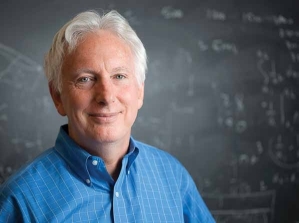
Bob Svoboda is a founding member of LUX. He designed the water tank and muon veto system. He also served as the first Chair of the Executive Committee. Around 2009, he was asked by the Department of Energy to lead a large program for studying neutrino oscillations. He was elected as the first co-spokesperson of the Long Baseline Neutrino Experiment. This increased responsibility caused him to slowly wind down his effort on LUX and focus on LBNE.
Richard Lander

Dick Lander joined LUX in the summer of 2007. He had been leading a large collider physics program at Davis up until that point, and was interested in doing something new. He took the task of finding titanium metal that was low in natural radioactivity. Earlier experiments had used copper as the metal of choice for construction of cryostats. Dick located an ultra-pure titanium supply for LUX, and as a result we have a very low background vessel.
Melinda Sweany
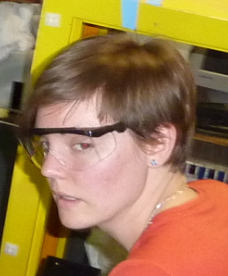
Melinda was a graduate student on LUX from the beginning, and participated in early testing for the water tank and veto system electronics. She helped start the data analysis program at Davis, and is also an original author of LUXSim, creating the high-fidelity LUX detector geometry model as well as contributing to several other parts of the LUXSim Geant4 application. Melinda is currently a post-doctoral researcher at Sandia National Laboratories in Livermore, California.
Nick Walsh
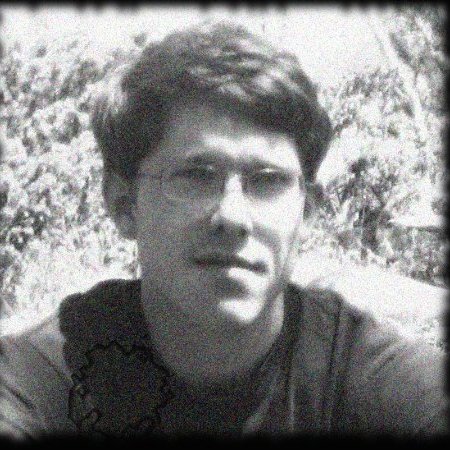
Nick was one of the first graduate students to have joined LUX. He did the early work on the design of the water tank and veto system. He assembled all the PMTs and base electronics into their water tight modules. He was also responsible for testing and calibrating the readout system for the muon veto. On the software side, he designed and wrote the software for implementing radioactive sources/volumes in LUXSim, which is a Geant4 based simulation package for LUX.
Louis Nguyen

Louis was a part of the Analysis group on LUX where he used neural networks to do position reconstruction within the detector.
Evan Angelico

Evan Angelico started working with LUX in 2012 as an undergrad performing Monte Carlo NEST simulations as well as initial deployment of this website.
Jonathon Marbey

Jonathon Marbey started working with LUX in late 2011 and was a part of the analysis team doing position reconstruction within the LUX detector (centroid and neural network).
Juan Garcia

Juan Garcia was an REU student who contributed his hardware skill to design a next-generation xenon purifier (getter) that uses high voltage sparks to obliterate titanium to form the cleaning surface.
Hassan Rezakhany
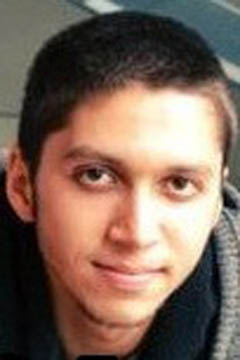
Hassan Rezakhany was with the team since late 2011 and worked on algorithms that calculated photomultiplier tube gains on science data sets instead of dedicated calibration data sets.
Daniel Thorngren

Daniel Thorngren made advances in the simulations group with the development of parameterized photon propagation within the LUX simulation. Rather than calculating the trajectory and every reflection of a photon, his "fast sim" teleport photons to their statistically-determined final destinations.
Marshall Styczinski
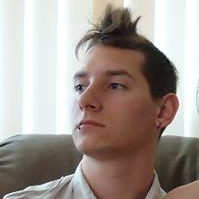
Marshall Styczinski, affectionately called "Moosh", joined in fall 2010 and executed an exploratory project to listen for boiling and bubbling of liquid xenon using piezoelectric microphones. He helped design a cryostat to hold liquid nitrogen to attempt bubble triangulation.
Nichole Barry
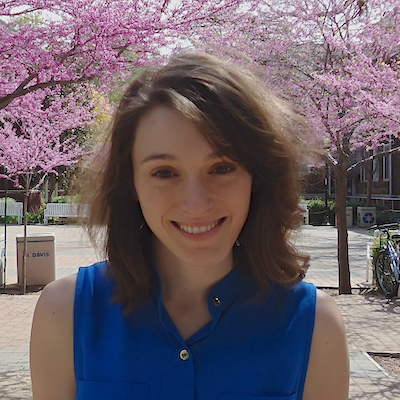
Nichole worked on the development of electron drift velocity modeling and light collection efficiencies for NEST from 2010 to 2012. She is currently attending graduate school at the University of Washington.
Adalyn Fyhrie
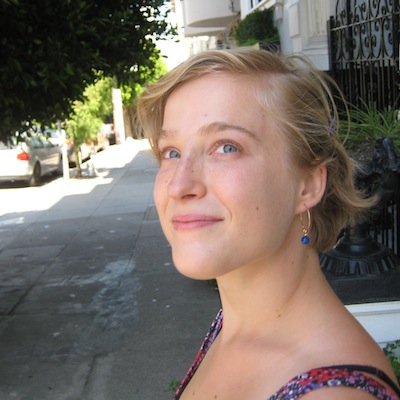
Adalyn started working with the LUX collaboration as an undergraduate in 2010. Initially she worked on developing data analysis software, and later focused primarily on processing and fine-tuning simulations of particle interactions within the detector. As her final project she used multivariate analysis techniques to separate electron recoil and nuclear recoil events.
Jacob Pasner
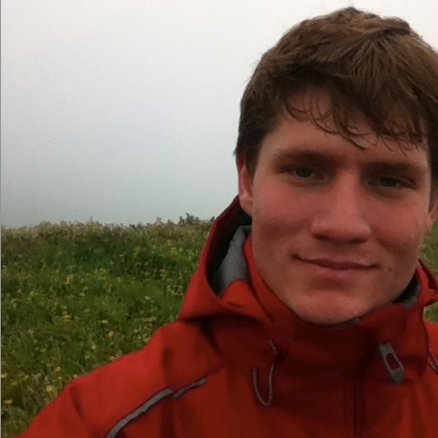
Jacob joined our group in 2010 as an undergraduate working on multivariate analysis framework tools.
Tegan Wyman


